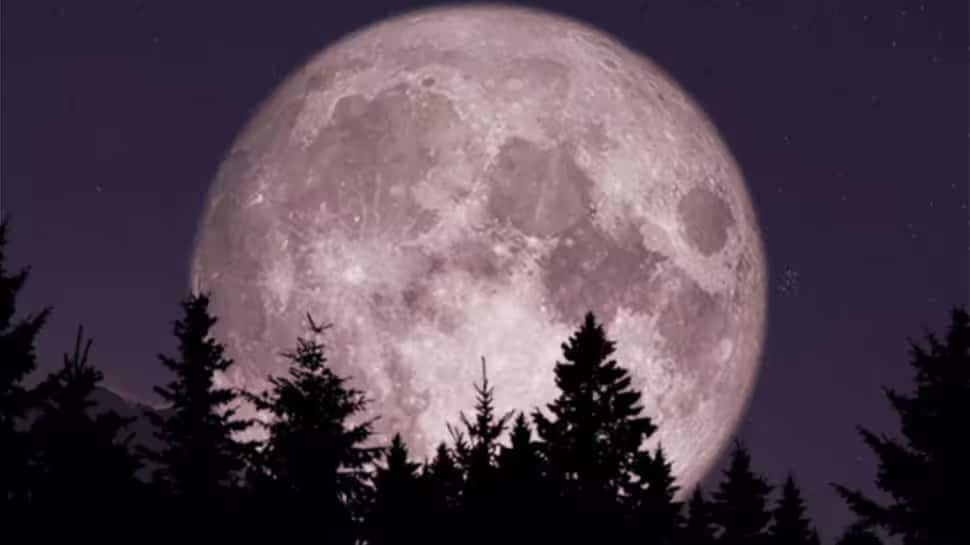Scientists have confirmed the existence of a cave on the Moon, close to the site where Neil Armstrong and Buzz Aldrin landed 55 years ago. They believe there could be hundreds more caves that could potentially house future astronauts. An Italian-led team reported on Monday that they have evidence of a large cave accessible from the deepest known pit on the Moon. This pit is located in the Sea of Tranquility, just 400 kilometers (250 miles) from the Apollo 11 landing site.The pit, like over 200 others found on the Moon, was formed by the collapse of a lava tube.
A lava tube is a natural tunnel formed by flowing lava beneath the surface of a solidified lava flow. When the surface lava cools and hardens, the molten lava underneath continues to flow, eventually draining away and leaving behind a hollow, tube-like structure. These tubes can be found on Earth and other planetary bodies, such as the Moon and Mars, and can vary greatly in size.
Researchers studied radar measurements from NASA's Lunar Reconnaissance Orbiter and compared them with lava tubes on Earth. Their findings were published in the journal 'Nature Astronomy'. According to the scientists, the radar data only shows the initial part of the underground cavity. They estimate it is at least 130 feet (40 meters) wide and tens of yards (meters) long, possibly even larger.
"Lunar caves have been a mystery for over 50 years. So it was exciting to finally prove the existence of one," Leonardo Carrer and Lorenzo Bruzzone from the University of Trento wrote in an email. Most of the pits appear to be in the Moon's ancient lava plains, according to scientists. There might also be some pits at the Moon's south pole, where NASA plans to land astronauts later this decade. Permanently shadowed craters in this region are believed to contain frozen water, which could be used for drinking and rocket fuel.
During NASA's Apollo program, 12 astronauts landed on the Moon, starting with Armstrong and Aldrin on July 20, 1969. The findings suggest there could be hundreds of pits and thousands of lava tubes on the Moon. These places could act as natural shelters for astronauts, protecting them from cosmic rays, solar radiation, and micrometeorite impacts. Building habitats from scratch would be more time-consuming and challenging, even if the cave walls need reinforcement to prevent collapse, the team said.
Rocks and other materials inside these caves, which have been untouched by the harsh surface conditions for ages, can help scientists better understand how the Moon has evolved, particularly its volcanic activity.
















